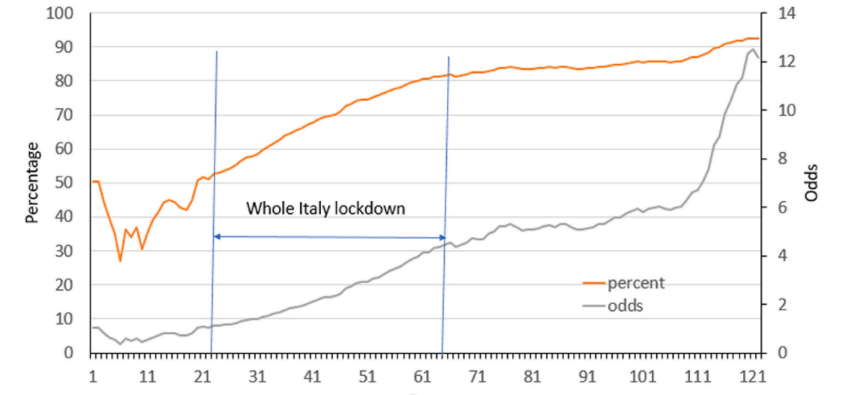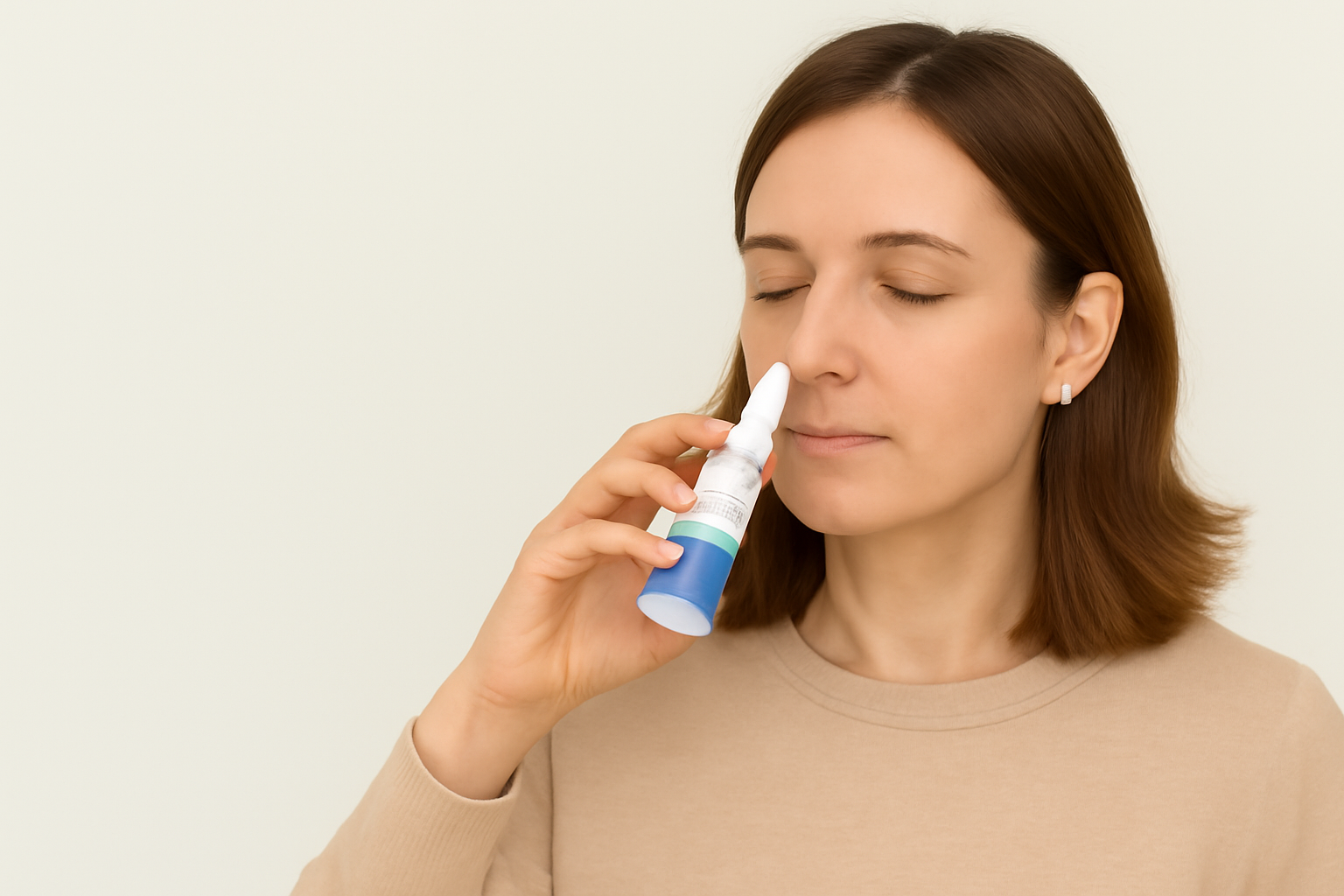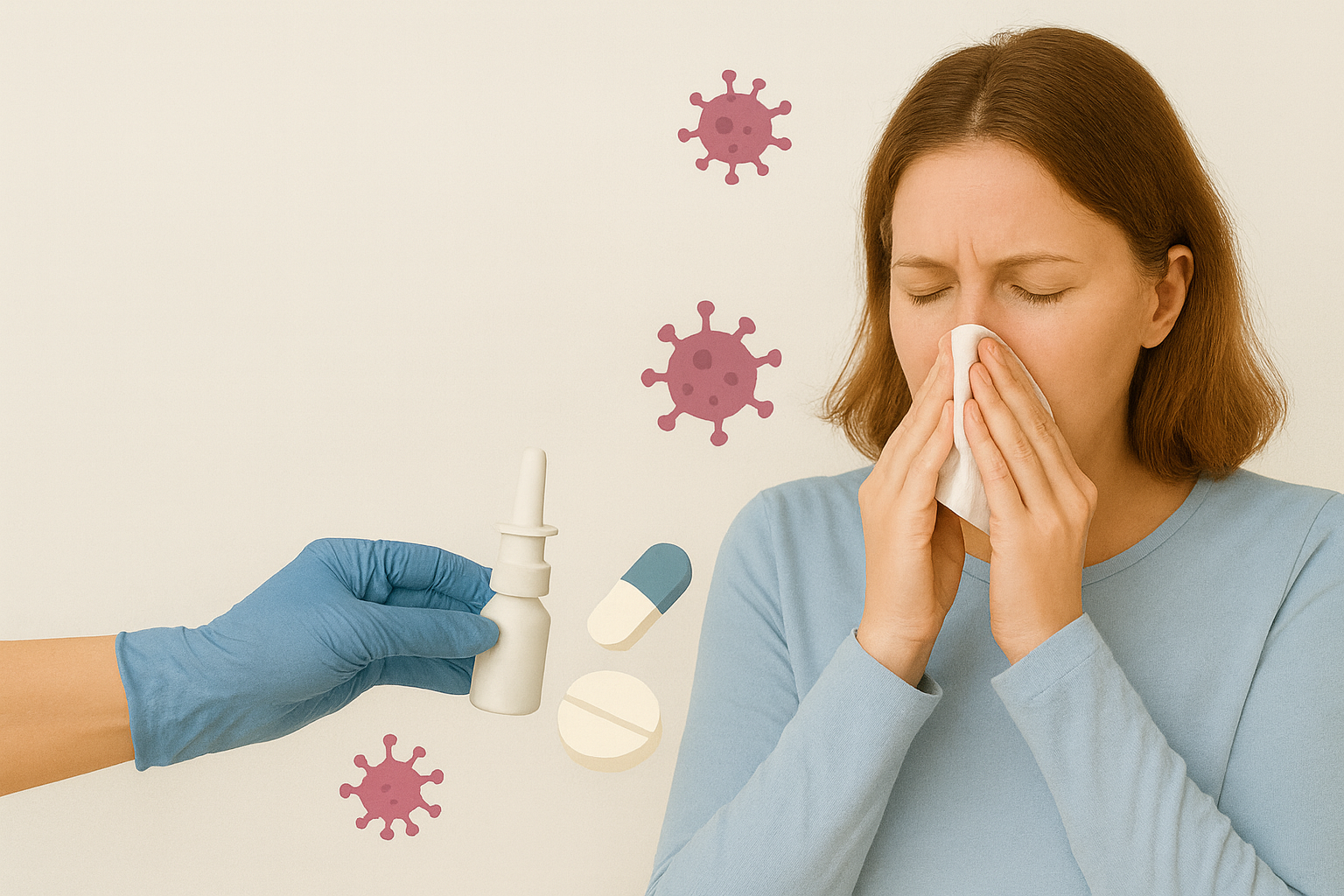As the COVID-19 pandemic swept across the globe, public health strategies focused on social distancing, mask use, hand hygiene, and eventually vaccination. However, one avenue of potential intervention has received comparatively little attention: the role of nasal disinfection in reducing transmission.
A 2020 scoping review by Cegolon et al., published in the International Journal of Hygiene and Environmental Health, explored this lesser-known strategy. The review systematically evaluated the existing evidence on various topical nasal agents that might reduce SARS-CoV-2 viral load in the nasal cavity—one of the virus’s primary entry and exit points.
Why Focus on the Nose?
Scientific findings show that SARS-CoV-2 replicates efficiently in the upper respiratory tract, especially in the nasal cavity, even before symptoms develop. This makes asymptomatic and pre-symptomatic individuals key contributors to viral transmission. Conventional infection control measures, while effective to a degree, do not fully address this mode of spread.
The authors of the review propose that reducing viral presence directly in the nasal cavity—particularly in asymptomatic carriers—may offer a complementary tool in managing community transmission.
Review Methodology
The authors conducted a comprehensive search of literature published between 2010 and 2020, focusing on nasal or local anti-infective agents that showed efficacy not only against SARS-CoV-2 but also against at least two other viruses. Eight agents were ultimately selected for in-depth analysis, each evaluated for:
Mechanism of action
In vitro and in vivo efficacy
Tolerability and safety
Market availability
Promising Nasal Agents
1. Hypothiocyanite (OSCN⁻)
A naturally occurring antimicrobial molecule generated by the lactoperoxidase system. It has shown strong viricidal activity against multiple respiratory viruses in vitro and is currently being tested in phase 1 clinical trials for respiratory conditions. Its inclusion in common oral care products like Zendium suggests good tolerability.
2. Lactoferrin (LF)
An iron-binding glycoprotein found in human secretions such as milk and saliva. LF has broad antiviral activity and is thought to block viral entry by binding to heparan sulfate proteoglycans. Early-stage trials combining LF with zinc and antioxidants in COVID-19 patients showed encouraging results.
3. N-chlorotaurine (NCT)
A derivative of taurine, NCT is an endogenous oxidant with broad-spectrum antimicrobial activity. Its mild and reversible effects on nasal tissue make it a promising candidate, though direct evidence against SARS-CoV-2 is currently lacking.
4. Interferon-alpha (IFN-α)
This immune signaling molecule has been shown to reduce SARS-like infections in vitro and in animal models. Preliminary human studies reported that IFN-α nasal sprays helped prevent infection in healthcare workers, though the studies were not randomized or peer-reviewed.
5. Povidone-Iodine (PVP-I)
A well-established antiseptic that rapidly inactivates SARS-CoV-2 in vitro. It has been proposed as a safe nasal and oral rinse, especially in healthcare settings. However, its use in vulnerable populations (e.g., infants, pregnant women) warrants caution.
6. Hydroxychloroquine (HCQ)
Though initially investigated for its antiviral properties, HCQ showed limited clinical efficacy and has raised safety concerns. Its use as a nasal disinfectant is not supported by current evidence.
7. Alcohol-Based Nasal Antiseptics
Ethanol and alcohol-based gels have proven effective in deactivating SARS-CoV-2 on surfaces and in suspensions. Some products showed transient efficacy in reducing nasal bacterial colonization, but consistent results against viruses are still pending.
8. Quaternary Ammonium Compounds (QACs)
These agents disrupt viral envelopes and are used in various disinfectants. Some derivatives have shown potential antiviral activity, but their safety and environmental impact when used nasally remain underexplored.
Conclusion
While none of the examined agents has yet undergone rigorous randomized clinical trials specifically for SARS-CoV-2 nasal decontamination, several show strong in vitro activity and appear safe for topical use. Hypothiocyanite, lactoferrin, and povidone-iodine are particularly promising, warranting further investigation.
Given the urgent need for scalable, low-cost strategies to control transmission—especially from asymptomatic individuals—nasal disinfection could become a valuable adjunct to existing preventive measures.






.png)